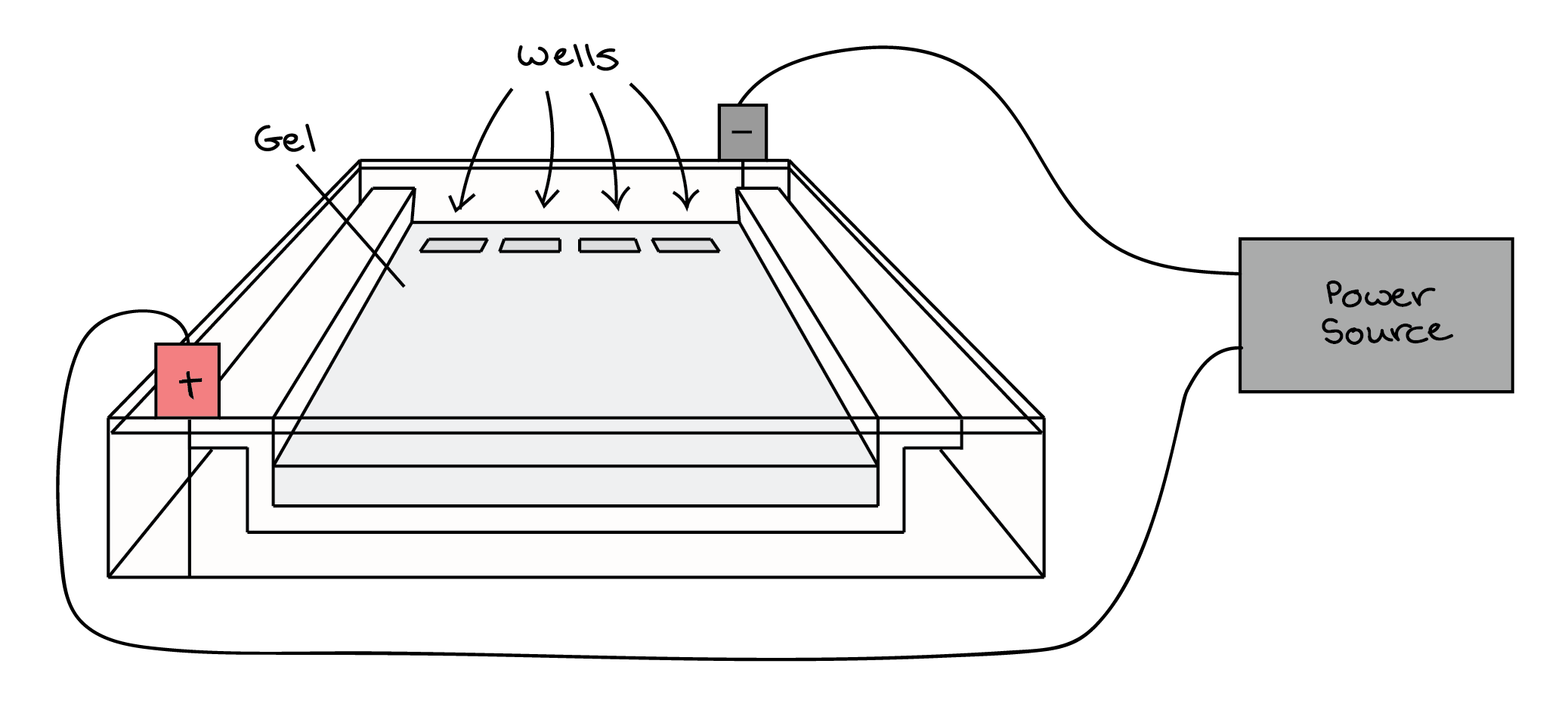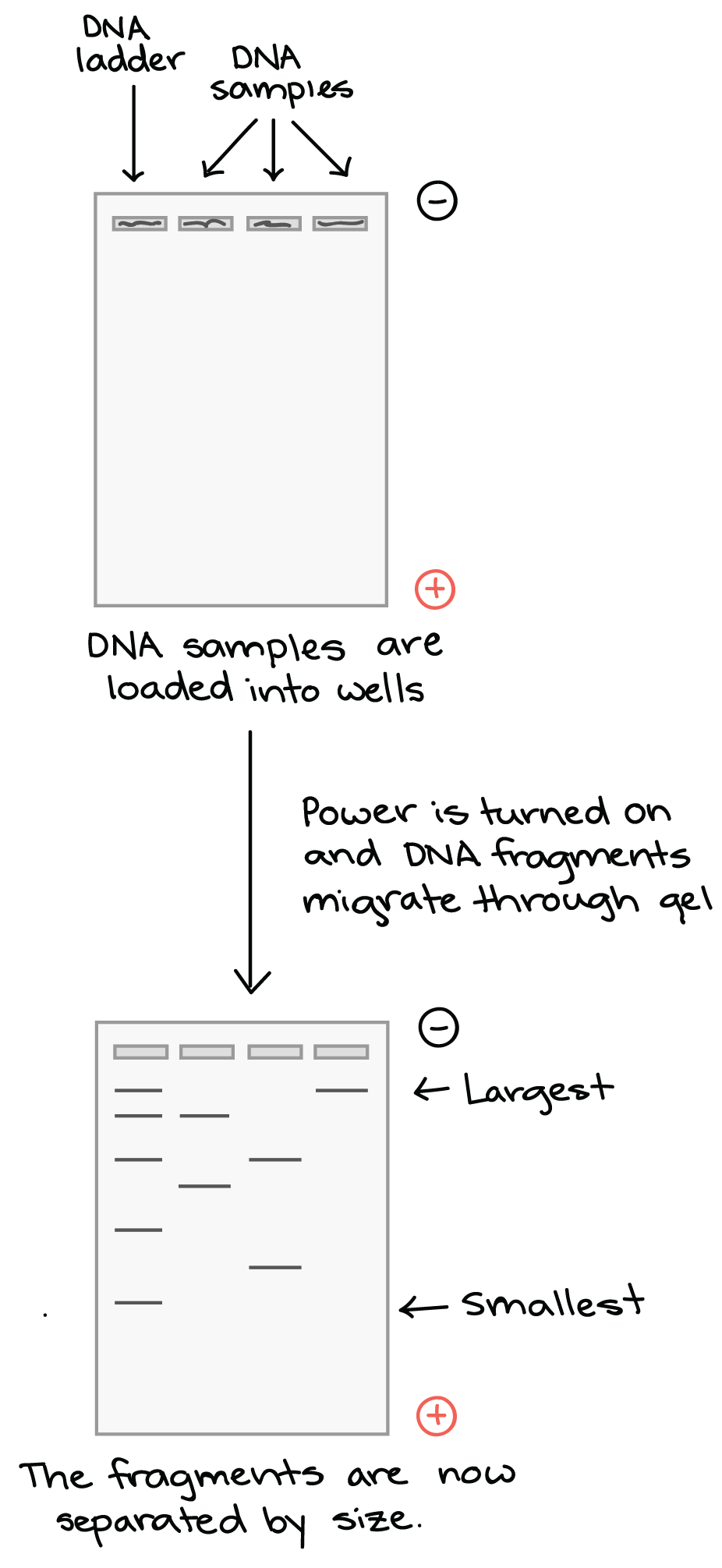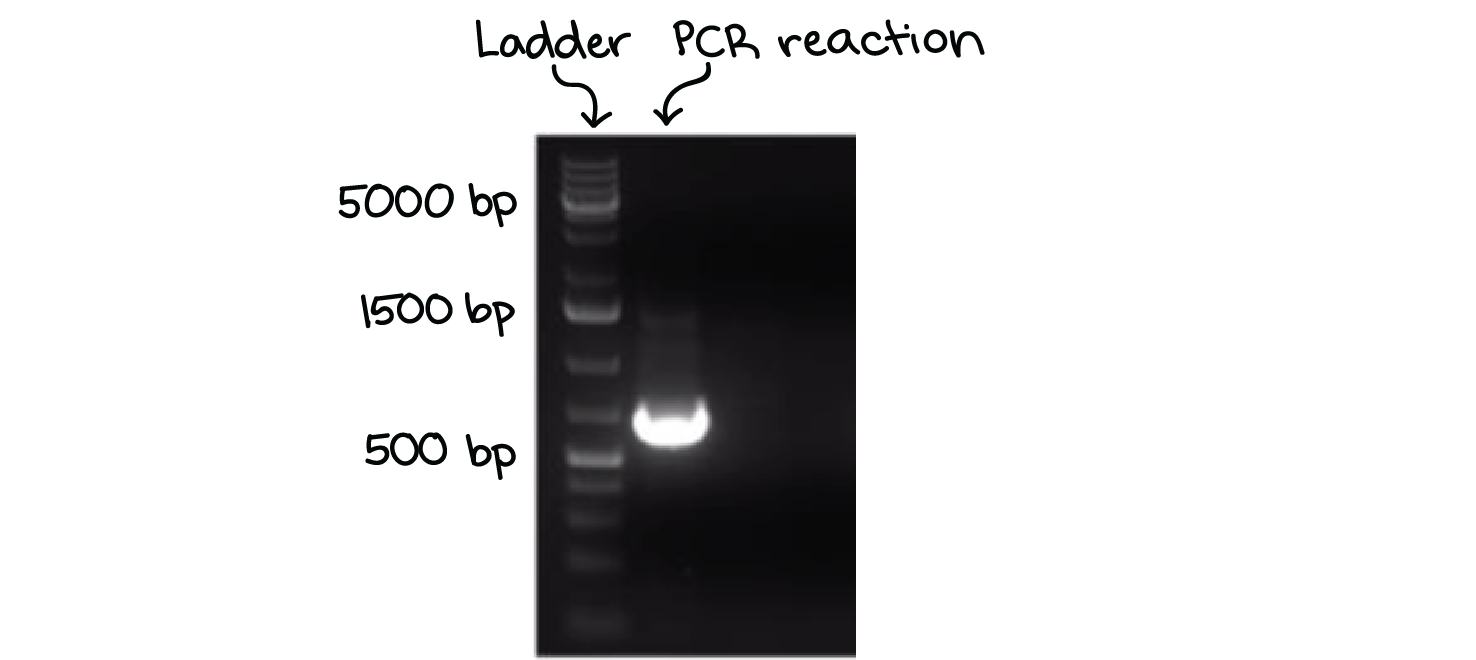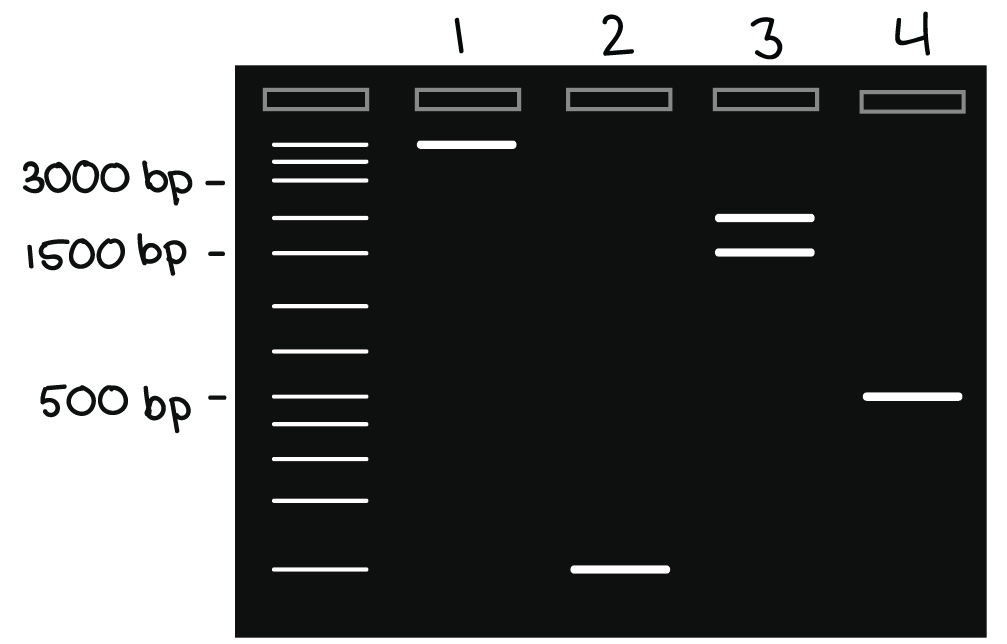Astronomy
The Solar System
Our solar system consists of an average star we call the Sun, the planets Mercury, Venus, Earth, Mars, Jupiter, Saturn,Uranus, Neptune, and Pluto. It includes: the satellites of the planets; numerous comets, asteroids, and meteoroids; and the interplanetary medium. The Sun is the richest source of electromagnetic energy (mostly in the form of heat and light) in the solar system. The Sun's nearest known stellar neighbor is a red dwarf star called Proxima Centauri, at a distance of 4.3 light years away. The whole solar system, together with the local stars visible on a clear night, orbits the center of our home galaxy, a spiral disk of 200 billion stars we call the Milky Way. The Milky Way has two small galaxies orbiting it nearby, which are visible from the southern hemisphere. They are called the Large Magellanic Cloud and the Small Magellanic Cloud. The nearest large galaxy is the Andromeda Galaxy. It is a spiral galaxy like the Milky Way but is 4 times as massive and is 2 million light years away. Our galaxy, one of billions of galaxies known, is traveling through intergalactic space.
The planets, most of the satellites of the planets and the asteroids revolve around the Sun in the same direction, in nearly circular orbits. When looking down from above the Sun's north pole, the planets orbit in a counter-clockwise direction. The planets orbit the Sun in or near the same plane, called the
ecliptic. Pluto is a special case in that its orbit is the most highly inclined (18 degrees) and the most highly elliptical of all the planets. Because of this, for part of its orbit, Pluto is closer to the Sun than is
Neptune. The axis of rotation for most of the planets is nearly perpendicular to the ecliptic. The exceptions are
Uranus and
Pluto, which are tipped on their sides.
- Sun: 99.85%
- Planets: 0.135%
- Comets: 0.01% ?
- Satellites: 0.00005%
- Minor Planets: 0.0000002% ?
- Meteoroids: 0.0000001% ?
- Interplanetary Medium: 0.0000001% ?
Nearly all the solar system by volume appears to be an empty void. Far from being nothingness, this vacuum of "space" comprises the interplanetary medium. It includes various forms of energy and at least two material components: interplanetary dust and interplanetary gas. Interplanetary dust consists of microscopic solid particles. Interplanetary gas is a tenuous flow of gas and charged particles, mostly protons and electrons -- plasma -- which stream from the Sun, called the solar wind.

The solar wind can be measured by spacecraft, and it has a large effect on comet tails. It also has a measurable effect on the motion of spacecraft. The speed of the solar wind is about 400 kilometers (250 miles) per second in the vicinity of Earth's orbit. The point at which the solar wind meets the interstellar medium, which is the "solar" wind from other stars, is called the heliopause. It is a boundary theorized to be roughly circular or teardrop-shaped, marking the edge of the Sun's influence perhaps 100 AU from the Sun. The space within the boundary of the heliopause, containing the Sun and solar system, is referred to as the heliosphere.
The solar magnetic field extends outward into interplanetary space; it can be measured on Earth and by spacecraft. The solar magnetic field is the dominating magnetic field throughout the interplanetary regions of the solar system, except in the immediate environment of planets which have their own magnetic fields.
The terrestrial planets are the four innermost planets in the solar system, Mercury, Venus, Earth and Mars. They are called terrestrial because they have a compact, rocky surface like the Earth's. The planets, Venus, Earth, and Mars have significant atmospheres while Mercury has almost none. The following diagram shows the approximate distance of the terrestrial planets to the Sun.

Jupiter, Saturn, Uranus, and Neptune are known as the Jovian (Jupiter-like) planets, because they are all gigantic compared with Earth, and they have a gaseous nature like Jupiter's. The Jovian planets are also referred to as the gas giants, although some or all of them might have small solid cores. The following diagram shows the approximate distance of the Jovian planets to the Sun.

 Our Milkyway Galaxy
Our Milkyway GalaxyThis image of our galaxy, the Milky Way, was taken with NASA's Cosmic Background Explorer's (COBE) Diffuse Infrared Background Experiment (DIRBE). This never-before-seen view shows the Milky Way from an edge-on perspective with the galactic north pole at the top, the south pole at the bottom and the galactic center at the center. The picture combines images obtained at several near-infrared wavelengths. Stars within our galaxy are the dominant source of light at these wavelengths. Even though our solar system is part of the Milky Way, the view looks distant because most of the light comes from the population of stars that are closer to the galactic center than our own Sun.
(Courtesy NASA)  Our Milky Way Gets a Makeover
Our Milky Way Gets a MakeoverLike early explorers mapping the continents of our globe, astronomers are busy charting the spiral structure of our galaxy, the Milky Way. Using infrared images from NASA's Spitzer Space Telescope, scientists have discovered that the Milky Way's elegant spiral structure is dominated by just two arms wrapping off the ends of a central bar of stars. Previously, our galaxy was thought to possess four major arms.
This artist's concept illustrates the new view of the Milky Way, along with other findings presented at the 212th American Astronomical Society meeting in St. Louis, Mo. The galaxy's two major arms (Scutum-Centaurus and Perseus) can be seen attached to the ends of a thick central bar, while the two now-demoted minor arms (Norma and Sagittarius) are less distinct and located between the major arms. The major arms consist of the highest densities of both young and old stars; the minor arms are primarily filled with gas and pockets of star-forming activity.
The artist's concept also includes a new spiral arm, called the "Far-3 kiloparsec arm," discovered via a radio-telescope survey of gas in the Milky Way. This arm is shorter than the two major arms and lies along the bar of the galaxy.
Our sun lies near a small, partial arm called the Orion Arm, or Orion Spur, located between the Sagittarius and Perseus arms.
(Courtesy NASA/JPL-Caltech)  Spiral Galaxy, NGC 4414
Spiral Galaxy, NGC 4414The majestic galaxy, NGC 4414, is located 60 million light-years away. Like the Milky Way, NGC 4414 is a giant spiral-shaped disk of stars, with a bulbous central hub of older yellow and red stars. The outer spiral arms are considerably bluer due to ongoing formation of young, blue stars, the brightest of which can be seen individually at the high resolution provided by the Hubble camera. The arms are also very rich in clouds of interstellar dust, seen as dark patches and streaks silhouetted against the starlight.
(Courtesy NASA/STSCI)  Obliquity of the Eight Planets
Obliquity of the Eight PlanetsThis illustration shows the obliquity of the eight planets. Obliquity is the angle between a planet's equatorial plane and its orbital plane. By International Astronomical Union (IAU) convention, a planet's north pole lies above the ecliptic plane. By this convention, Venus, Uranus, and Pluto have a retrograde rotation, or a rotation that is in the opposite direction from the other planets.
(Copyright 2008 by Calvin J. Hamilton)  The Solar System
The Solar SystemDuring the past three decades a myriad of space explorers have escaped the confines of planet Earth and have set out to discover our planetary neighbors. This picture shows the Sun and all nine planets of the solar system as seen by the space explorers. Starting at the top-left corner is the
Sun followed by the planets
Mercury,
Venus,
Earth,
Mars,
Jupiter,
Saturn,
Uranus,
Neptune, and
Pluto.
(Copyright 1998 by Calvin J. Hamilton)  Sun and Planets
Sun and PlanetsThis image shows the Sun and nine planets approximately to scale. The order of these bodies are:
Sun,
Mercury,
Venus,
Earth,
Mars,
Jupiter,
Saturn,
Uranus,
Neptune, and
Pluto.
(Copyright Calvin J. Hamilton)  Jovian Planets
Jovian PlanetsThis image shows the Jovian planets
Jupiter,
Saturn,
Uranus and
Neptune approximately to scale. The Jovian planets are named because of their gigantic Jupiter-like appearance.
(Copyright Calvin J. Hamilton)  The Largest Moons and Smallest Planets
The Largest Moons and Smallest PlanetsThis image shows the relative sizes of the largest moons and the smallest planets in the solarsystem. The largest satellites pictured in this image are:
Ganymede (5262 km),
Titan (5150 km),
Callisto (4806 km),
Io (3642 km), the
Moon (3476 km),
Europa (3138 km),
Triton (2706 km), and
Titania (1580 km). Both Ganymede and Titan are larger than planet
Mercuryfollowed by Io, the Moon, Europa, and Triton which are larger than the planet
Pluto.
(Copyright Calvin J. Hamilton)  Diagram of Portrait Frames
Diagram of Portrait FramesOn February 14, 1990, the cameras of
Voyager 1 pointed back toward the
Sun and took a series of pictures of the Sun and the planets, making the first ever "portrait" of our solar system as seen from the outside. This image is a diagram of how the frames for the solar system portrait were taken.
(Courtesy NASA/JPL)  All Frames from the Family Portrait
All Frames from the Family PortraitThis image shows the series of pictures of the Sun and the planets taken on February 14, 1990, for the solar system family portrait as seen from the outside. In the course of taking this mosaic consisting of a total of 60 frames,
Voyager 1 made several images of the inner solar system from a distance of approximately 6.4 billion kilometers (4 billion miles) and about 32° above the
ecliptic plane. Thirty-nine wide angle frames link together six of the planets of our solar system in this mosaic. Outermost
Neptune is 30 times further from the Sun than
Earth. Our
Sun is seen as the bright object in the center of the circle of frames. The insets show the planets magnified many times.
(Courtesy NASA/JPL)  Portrait of the Solar System
Portrait of the Solar SystemThese six narrow-angle color images were made from the first ever "portrait" of the solar system taken by
Voyager 1, which was more than 6.4 billion kilometers (4 billion miles) from
Earth and about 32° above the
ecliptic.
Mercury is too close to the
Sun to be seen.
Mars was not detectable by the Voyager cameras due to scattered sunlight in the optics, and
Pluto was not included in the mosaic because of its small size and distance from the Sun. These blown-up images, left to right and top to bottom are
Venus,
Earth,
Jupiter,
Saturn,
Uranus, and
Neptune.
(Courtesy NASA/JPL)
The following table lists statistical information for the Sun and planets:
| Distance
(AU) | Radius
(Earth's) | Mass
(Earth's) | Rotation
(Earth's) | # Moons | Orbital
Inclination | Orbital
Eccentricity | Obliquity | Density
(g/cm3) |
| Sun | 0 | 109 | 332,800 | 25-36* | 9 | --- | --- | --- | 1.410 |
|---|
| Mercury | 0.39 | 0.38 | 0.05 | 58.8 | 0 | 7 | 0.2056 | 0.1° | 5.43 |
|---|
| Venus | 0.72 | 0.95 | 0.89 | 244 | 0 | 3.394 | 0.0068 | 177.4° | 5.25 |
|---|
| Earth | 1.0 | 1.00 | 1.00 | 1.00 | 1 | 0.000 | 0.0167 | 23.45° | 5.52 |
|---|
| Mars | 1.5 | 0.53 | 0.11 | 1.029 | 2 | 1.850 | 0.0934 | 25.19° | 3.95 |
|---|
| Jupiter | 5.2 | 11 | 318 | 0.411 | 16 | 1.308 | 0.0483 | 3.12° | 1.33 |
|---|
| Saturn | 9.5 | 9 | 95 | 0.428 | 18 | 2.488 | 0.0560 | 26.73° | 0.69 |
|---|
| Uranus | 19.2 | 4 | 17 | 0.748 | 15 | 0.774 | 0.0461 | 97.86° | 1.29 |
|---|
| Neptune | 30.1 | 4 | 17 | 0.802 | 8 | 1.774 | 0.0097 | 29.56° | 1.64 |
|---|
| Pluto | 39.5 | 0.18 | 0.002 | 0.267 | 1 | 17.15 | 0.2482 | 119.6° | 2.03 |
|---|
* The Sun's period of rotation at the surface varies from approximately 25 days at the equator to 36 days at the poles. Deep down, below the
convective zone, everything appears to rotate with a period of 27 days.
Source:http://solarviews.com/eng/solarsys.htm
Key points:
Gel electrophoresis is a technique used to separate DNA fragments according to their size.
DNA samples are loaded into wells (indentations) at one end of a gel, and an electric current is applied to pull them through the gel.
DNA fragments are negatively charged, so they move towards the positive electrode. Because all DNA fragments have the same amount of charge per mass, small fragments move through the gel faster than large ones.
When a gel is stained with a DNA-binding dye, the DNA fragments can be seen as bands, each representing a group of same-sized DNA fragments.
Introduction
Suppose you have just done a
PCR reaction, making many copies of a target DNA region. Or perhaps you’ve done some
DNA cloning, trying to "paste" a gene into a circular DNA plasmid.
Now, you want to check and see whether your PCR worked, or whether your plasmid has the right gene in it. What technique can you use to visualize (directly observe) the fragments of DNA?
Gel electrophoresis
Gel electrophoresis is a technique used to separate DNA fragments (or other macromolecules, such as RNA and proteins) based on their size and charge. Electrophoresis involves running a current through a gel containing the molecules of interest. Based on their size and charge, the molecules will travel through the gel in different directions or at different speeds, allowing them to be separated from one another.
All DNA molecules have the same amount of charge per mass. Because of this, gel electrophoresis of DNA fragments separates them based on size only. Using electrophoresis, we can see how many different DNA fragments are present in a sample and how large they are relative to one another. We can also determine the absolute size of a piece of DNA by examining it next to a standard "yardstick" made up of DNA fragments of known sizes.
What is a gel?
As the name suggests, gel electrophoresis involves a gel: a slab of Jello-like material. Gels for DNA separation are often made out of a polysaccharide called agarose, which comes as dry, powdered flakes. When the agarose is heated in a buffer (water with some salts in it) and allowed to cool, it will form a solid, slightly squishy gel. At the molecular level, the gel is a matrix of agarose molecules that are held together by hydrogen bonds and form tiny pores.
At one end, the gel has pocket-like indentations called wells, which are where the DNA samples will be placed:
Before the DNA samples are added, the gel must be placed in a gel box. One end of the box is hooked to a positive electrode, while the other end is hooked to a negative electrode. The main body of the box, where the gel is placed, is filled with a salt-containing buffer solution that can conduct current. Although you may not be able to see in the image above (thanks to my amazing artistic skills), the buffer fills the gel box to a level where it just barely covers the gel.
The end of the gel with the wells is positioned towards the negative electrode. The end without wells (towards which the DNA fragments will migrate) is positioned towards the positive electrode.
How do DNA fragments move through the gel?
Once the gel is in the box, each of the DNA samples we want to examine (for instance, each PCR reaction or each restriction-digested plasmid) is carefully transferred into one of the wells. One well is reserved for a DNA ladder, a standard reference that contains DNA fragments of known lengths. Commercial DNA ladders come in different size ranges, so we would want to pick one with good "coverage" of the size range of our expected fragments.
Next, the power to the gel box is turned on, and current begins to flow through the gel. The DNA molecules have a negative charge because of the phosphate groups in their sugar-phosphate backbone, so they start moving through the matrix of the gel towards the positive pole. When the power is turned on and current is passing through the gel, the gel is said to be
running.
As the gel runs, shorter pieces of DNA will travel through the pores of the gel matrix faster than longer ones. After the gel has run for awhile, the shortest pieces of DNA will be close to the positive end of the gel, while the longest pieces of DNA will remain near the wells. Very short pieces of DNA may have run right off the end of the gel if we left it on for too long (something I've most definitely been guilty of!).
Visualizing the DNA fragments
Once the fragments have been separated, we can examine the gel and see what sizes of bands are found on it. When a gel is stained with a DNA-binding dye and placed under UV light, the DNA fragments will glow, allowing us to see the DNA present at different locations along the length of the gel.
A well-defined “line” of DNA on a gel is called a band. Each band contains a large number of DNA fragments of the same size that have all traveled as a group to the same position. A single DNA fragment (or even a small group of DNA fragments) would not be visible by itself on a gel.
By comparing the bands in a sample to the DNA ladder, we can determine their approximate sizes. For instance, the bright band on the gel above is roughly
700700 base pairs (bp) in size.
Check your understanding
Four lanes are numbered on the gel above. (A lane is a corridor through which DNA passes as it leaves a well.)
Which lane matches each description below?



